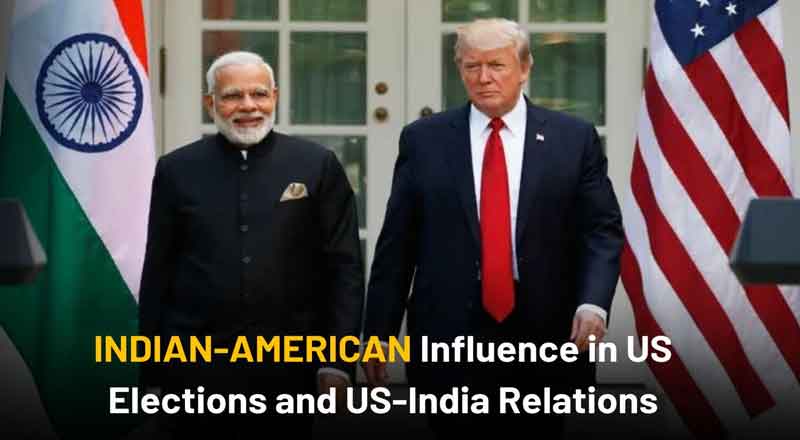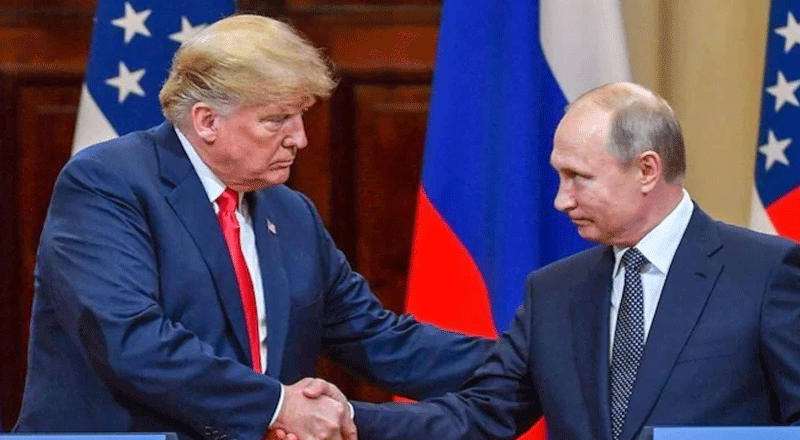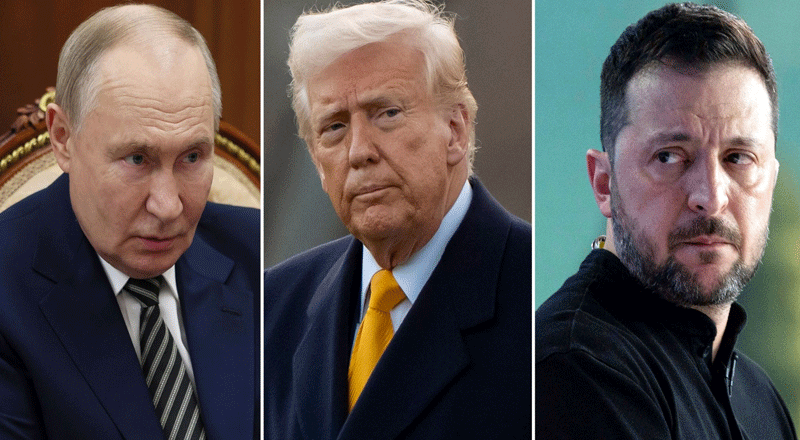A Flourishing Partnership Beyond Diplomacy
India and the United States have fostered a strong, strategic partnership over recent decades, built on shared democratic values, economic collaborations, and mutual interests in global security. Traditionally anchored in diplomacy and trade, this relationship has evolved to include significant people-to-people connections, with Indian-Americans playing an increasingly pivotal role in the cultural and economic life of the U.S. Recently, this influence has extended into American politics, with Indian-Americans gaining substantial visibility and power across various levels of government. This rising political influence underscores the depth of U.S.-India ties and reflects the increasing diversity and inclusivity within American democracy.
From Margins to Mainstream: The Journey of Indian-American Representation
For much of the 20th century, Indian-Americans had limited political visibility in the United States, with the community largely comprising recent immigrants focused on establishing themselves economically. Immigration reforms in the 1960s and 1970s saw skilled Indian professionals, particularly in technology and healthcare, enter the U.S. workforce. Yet, political representation lagged, and Indian-Americans remained on the periphery of the political landscape for several decades.
The tide began to shift in the late 1990s and early 2000s as Indian-Americans made incremental inroads into politics. Figures like Dalip Singh Saund, who was elected to Congress in 1957 as the first Indian-American representative, paved the way, though his achievement remained a singular success for many years. The real momentum began building in the 2010s, catalysed by Kamala Harris’s election as Vice President in 2020, a historic milestone for Indian-Americans and the South Asian community at large. Today, Indian-American political participation has surged, with over three dozen candidates running in local, state, and national elections. This shift represents not only symbolic progress but also tangible, quantifiable political influence in the U.S.
The California Hub: An Epicentre for Indian-American Political Influence
California, home to the largest Indian-American population in the U.S., serves as a focal point for Indian-American political engagement. With nearly 900,000 Indian-Americans residing in the state, California has produced a significant number of influential political figures. Congressional representatives Ro Khanna and Dr. Ami Bera are prominent examples of Indian-American leaders who have successfully established themselves within the political mainstream.
This trend extends beyond the federal level to local and state elections, where numerous Indian-American candidates are gaining traction. These candidates include Adla Chisti for County Supervisor, Nitya Raman for Los Angeles City Council, and Richa Awasthi for the Foster City Council, among others. California’s Indian-American candidates are also making their mark in education boards, municipal councils, and state legislature races. This growth is a testament to California’s diversity and the Indian-American community’s commitment to shaping the political and social future of the state.
Expanding Political Footprint Across the U.S.
While California may be at the forefront, the Indian-American political wave is evident across other key states. In Michigan, where close elections often hinge on mobilizing diverse voter bases, candidates like Dr. Ajay Raman, Anil Kumar, and Ranjiv Puri are reaching out to their communities to increase voter participation. Their involvement not only reflects growing Indian-American political influence but also the community’s potential to impact election outcomes in pivotal states.
In Arizona, Priya Sundaresan and Ravi Shah are running for state and local offices, while in Pennsylvania, candidates Anand Patkar and Nikil Saval aim to bring Indian-American perspectives to state governance. Georgia, too, has seen a rise in Indian-American candidates, with Ashwin Ramaswamy contesting for the State Senate, positioning himself to potentially become the youngest senator if elected. Ramaswamy’s campaign has encountered challenges, including racially charged opposition, revealing both the obstacles and the resilience of Indian-Americans as they work to secure their place in American politics.
Texas: A New Political Powerhouse for Indian-Americans
Texas, with its rapidly expanding Indian-American population, has also become a hotbed for Indian-American political aspiration. Candidates such as Ashika Ganguly, Karthik Sura, and Salman Bhojani represent the new wave of leaders contesting city council, state senate, and state house positions. These candidates not only bring Indian-American perspectives to Texas politics but also contribute to the state’s evolving demographics, reflecting a broader trend of diversification in its voter base.
Other prominent Indian-American candidates in Texas include Shireen Thomas, running for judge, and Suleman Lalani, vying for a seat in the Texas State House. This political movement is transforming Texas into a state where Indian-Americans are emerging as influential voices, advocating for policies that resonate with diverse communities.
Indian-Americans Nationwide: Rewriting the Narrative of Representation
Indian-Americans are making their presence felt in numerous states beyond traditional immigrant hubs. In New York, candidates Jeremy Kooni and Manita Sanghvi are campaigning for state senate seats, while Johan Mamdani is running for the State Assembly. In Washington, Manka Dhingra and Mona Das are vying for high-profile positions, further emphasizing the widespread appeal of Indian-American leaders.
This diverse geographic distribution illustrates how Indian-Americans are redefining their role in American politics. Indian-Americans are not confined to a single region or demographic but are instead a nationwide force driving change, as more community members feel empowered to enter the political arena and address issues that impact their neighborhoods and the nation.
A Growing Legacy of Civic Engagement
The rise of Indian-American influence in U.S. politics signals more than just a demographic shift—it speaks to a commitment to civic engagement, community representation, and democratic participation. This new wave of Indian-American leaders is challenging traditional political norms, representing a variety of backgrounds and perspectives that contribute to a more inclusive and representative democracy. As Indian-Americans continue to expand their political footprint, they are not only impacting American policy and governance but also strengthening the bond between India and the United States.
With more Indian-Americans running for office and a growing presence at all levels of government, the future of American politics promises to be more inclusive, diverse, and reflective of the nation’s multicultural fabric. The story of Indian-Americans in U.S. politics is still unfolding, yet their influence will undoubtedly shape the political landscape for generations to come, embodying the spirit of a deeply interconnected global community.
(With inputs from agencies)





